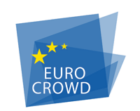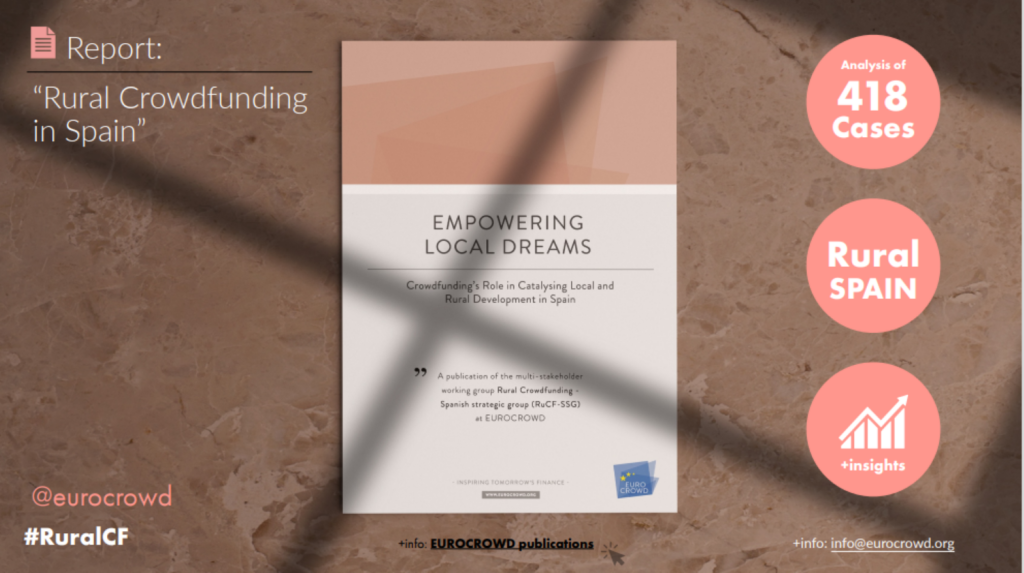The study realised by ART-ER in collaboration with EUROCROWD, collects a detailed mapping of crowdfunding initiatives launched in Emilia-Romagna since 2013. The overview shows how the crowdfunding tool has been widely used in the region over the last 10 years, collecting 740 campaigns that have raised over 61.6 million euro in total.
The variety of applications of the tool has also been very wide, mainly relying on the use of three of the four currently classified models (donation, reward, equity), activating since 2016 ‘match-funding’ dynamics, i.e. a combination of public funds and crowdfunded resources. These co-funding models involved 317 campaigns during the period of analysis (2013-2022), or 43% of the total number of campaigns, and raised the success rate of crowdfunding campaigns from 95.8% (overall for the total number of campaigns analysed) to 97.8%.
The organisations that made most use of the crowdfunding tool are Third Sector organisations (432), which include those that are traditionally more connected to the local community and are able to mobilise greater numbers in terms of community participation.
In order to be able to intercept synergies with the ERDF Regional Programme, crowdfunding campaigns were subdivided according to areas of intervention/sectors of the initiative.
Of the 642 campaigns belonging to the reward and donation typology, almost one third 220 are related to the culture sector (34%), followed by 128 dedicated to regeneration projects (20% of the total) and social inclusion projects (114, i.e. 18% of the campaigns).
For financial (equity) crowdfunding, the sectors that manage to attract the most investment and investors are undoubtedly real estate and technology, confirming national trends, which alone raise 40 of the more than €56 million total.
After analysing the benefits, advantages and applicability of crowdfunding for territorial development, the study then proposes the opportunities of combining crowdfunding with regional funding instruments and measures in Emilia-Romagna, highlighting an overview of possible thematic synergies with the ERDF and ESF+ Regional Programmes and some policy recommendations.
You can download the report



